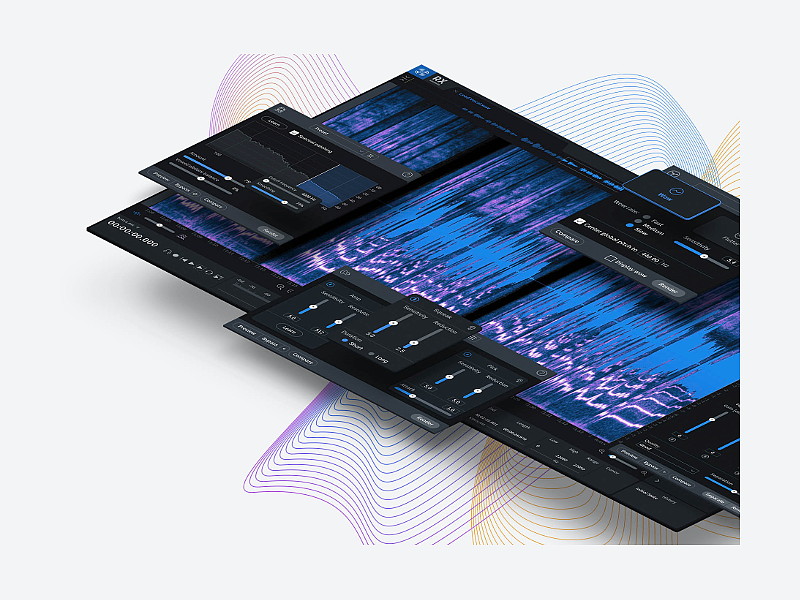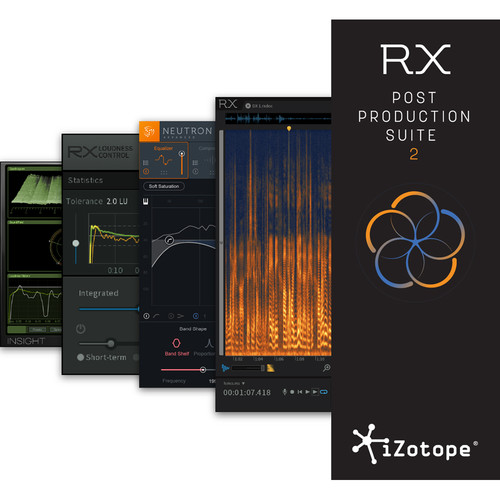
While the module is more than useful in more than one situation, the quality of the resynthesis can be improved and I am sure that we will see improvements on this module as for other ones that surprised me (no spoilers). mp3 files are targets too, as we can see from the preset list. Phone call recordings are on the list, and I can’t count how many times I could have been helped if this module had existed a couple of years ago.īad. Podcasts and interviews are the perfect field of application, and I consider this module a particularly smart addition to the suite’s arsenal, not only for the particular growth of online meetings due to this specific historical period, but also for the help it can give in forensic applications. Enabling it and increasing the Cutoff can improve the quality of the file even below the resynthesized part of the signal. There is a Spectral Patching box that enables the restoration of gaps below the threshold too.

We can control the Amount of intervention and the level of Sibilant sounds with a dedicated slider.

We have a handy Learn button that will perform an analysis to determine the value of the Cutoff and to suggest a Smoothing value, a transition between the original and the resynthesized material. In this case there is no audio content at all above a certain Cutoff, so this module intelligently analyzes the material and resynthesizes the missing content. VoIP (Voice over Internet Protocol) recordings are candidates too (Zoom or Skype are examples). If you think of phone calls, that can be a great example, because they have a limited frequency range and, in some cases, lack of higher frequencies will result in barely intelligible material. Spectral Recovery is a brand-new module that is designed to address missing upper frequencies in content that might be missing it for compression artifacts or bandwidth limited speech content. We will try to describe the new features during this article, and if you want to see them in action, these short videos are perfect for following our discussion. The machine learning brought these modules to unprecedented levels of accuracy and, as we will see, year after year their intervention is becoming much more transparent and respectful of the original material. The new improvements are found among different fields of application: music production, audio repair and restoration, audio post production, forensic audio and much more.

Please welcome Spectral Recovery, Wow & Flutter and Guitar De-noise modules, an improved Music Rebalance, De-Hum and Batch Processor, the new Loudness Control Module and several other new features such as horizontal scrolling and ARA integration for the Music Rebalance module. I hope you experienced the same excitement with announcement of version 8 as I did, because, as usual, there are a lot of brand new features, modules and improvements. Used right after a field recording session, or for audio post production works, or to clean up voiceovers, RX has always been a trustworthy companion. I must confess that I am an RX addict since version 4, and I had the pleasure to test and review it in multiple versions watching it have more and more features and improvements added year by year.


 0 kommentar(er)
0 kommentar(er)
